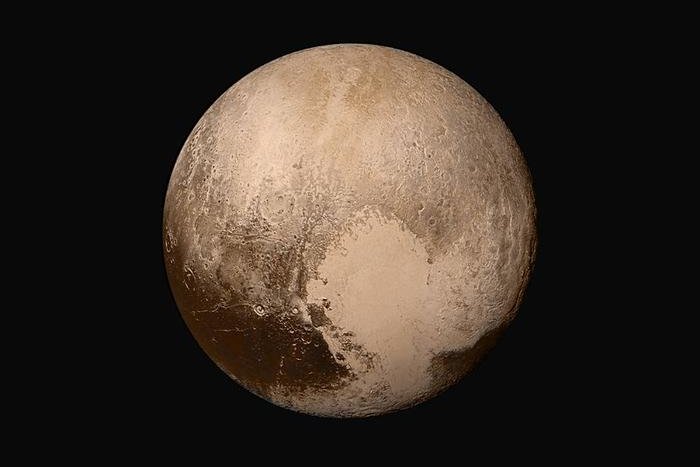WASHINGTON, July 24 (UPI) -- NASA and the New Horizons mission team have shared new high-resolution, color-enhanced photos of Pluto.
The images are the last of the initial download splurge, as scientists will now focus on processing the data streaming in slowly but surely from the probe and as it continues to speed away from Earth. NASA will release more imagery and data in September.















